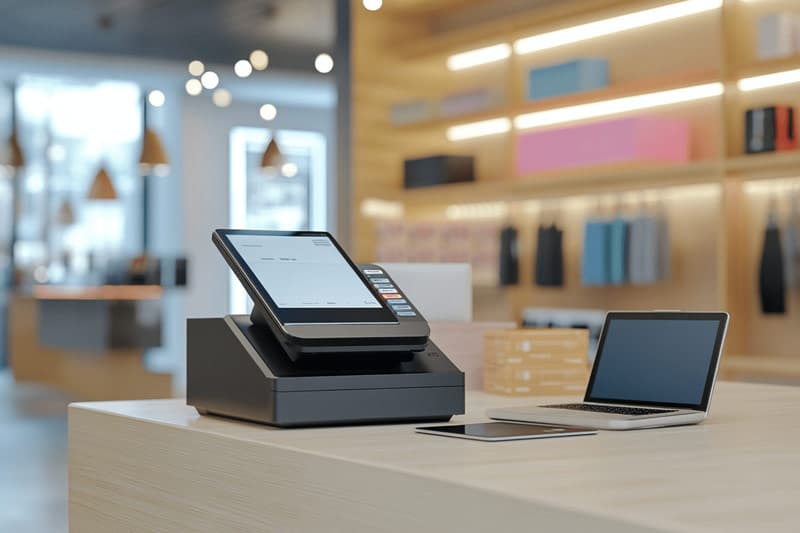Embarking on a high‑risk ecommerce venture with no initial budget can feel impossible. But with creativity, determination, and the right setup, it’s definitely achievable. A key piece of the puzzle is securing reliable ecommerce credit card processing—even without an upfront investment. This guide walks you through how to start an ecommerce business without money, using low‑cost tools, smart partnerships, and payment strategies that scale with your growth.
Validate Your Product Idea Without Inventory
Before investing a dollar, test your concept with minimal risk. Use social media polls, pre‑order landing pages, and print‑on‑demand services to validate demand. This lean startup approach lets you collect payments via ecommerce credit card processing only after customers commit[1]. By validating early, you reduce inventory risk and gain revenue before spending anything.
Build a Payment-Ready Website on a Budget
You don’t need a high-cost website to sell. Platforms like Shopify Lite or WordPress with WooCommerce let you accept credit card payments at low monthly costs. Integrated ecommerce credit card processing options allow you to start selling fast with minimal setup[2]. Begin with a simple storefront or landing page and scale as demand grows.
Leverage Dropshipping to Avoid Inventory Spend
Use dropshipping to start selling products without purchase up front. You pay suppliers only after you’ve received payment via ecommerce credit card processing. This method lets you reinvest revenue directly into acquiring more customers. It’s one of the fastest ways to launch a high‑risk store with virtually zero capital[3].
Use Free Marketing Channels to Drive Traffic
Focus on organic marketing: social media, influencer collaborations, SEO, and online communities. Share product demos, user testimonials, and stories that align with your niche. Every sale you make flows through your ecommerce credit card processing setup and builds proof of concept. This validation helps you scale without spending on ads.
Choose the Right Ecommerce Credit Card Processing Setup
Starting with a low‑cost merchant account is essential. Look for providers offering no‑monthly‑fee or pay‑as‑you‑go plans that support high‑risk verticals. Compare options like Stripe Atlas, PayPal Braintree, and high‑risk processors offering free setup. A dependable ecommerce credit card processing solution is your backbone to collect payments and grow your business.
Get Creative with Funding and Partnerships
Once you’ve made your first sales, reinvest profits into marketing or better tools. You can also launch a referral program or simple rewards system by integrating with your ecommerce credit card processing data. Another option: work with influencers on consignment or offer trials in exchange for exposure. Smart partnerships let you grow without spending upfront.
Build Trust with Real Customers
Secure payment processing, refund transparency, and fast shipping build trust—all critical in high-risk ecommerce. Use SSL, transparent payment descriptors, and clear terms at checkout. A smooth ecommerce credit card processing experience reduces declines and supports conversions. A good reputation helps you scale through referrals and repeat customers.
Scaling Without Capital
Optimize Your Checkout Flow
Use a fast, mobile-friendly checkout with minimal fields. Integrated ecommerce credit card processing optimizes speed and reduces cart abandonment. A smoother flow leads to higher conversion rates. Monitor your checkout analytics and tweak for further improvements.
Use Subscription Models
Offer subscription boxes or recurring shipments to boost cash flow. Your ecommerce credit card processing system can automatically bill customers, creating predictable revenue. Subscriptions also justify higher customer lifetime value (CLV). Retention-focused models help grow profit without constant acquisition costs.
Implement Smart Retry Logic
Payment retries after failed transactions recapture lost revenue. A processor with smart retry tools can recover several percent of sales. This improves efficiency without additional marketing spend. It’s a simple yet powerful step in scaling without capital.
Introduce Post‑Purchase Upsells
Use post‑checkout pages powered by your ecommerce credit card processing platform to offer related products. These upsells increase average order value without extra ad spend. Done right, they add value to customers while boosting your margins.
Automate Email Follow‑Ups
Set up abandoned cart and post‑purchase email flows. You only need a basic email service—many have free tiers. These automated sequences can recover lost sales and encourage repeat purchases, all without adding costs.
Monitor Chargeback Risk
High-risk businesses face chargeback threats. Use fraud tools in your ecommerce credit card processing stack to reduce disputes. Monitor chargeback ratios and reimburse promptly when appropriate. Keeping chargeback rates low preserves your merchant account and credibility.
FAQ
Q: How can I start an ecommerce business without money?
A: You can bootstrap by validating products via pre-orders, using dropshipping, and building a low-cost storefront. Focus on free marketing channels and reinvest every sale back into growth. These strategies help you test demand and build revenue without needing capital[4].
Q: What ecommerce credit card processing options are cheapest?
A: Start with providers offering no monthly fees—Stripe Lite, PayPal, or high-risk pay-as-you-go platforms. They may have slightly higher per-transaction fees but incur no setup costs. Choose one that supports your niche and scales with you.
Q: Can I accept payments before I have products in stock?
A: Yes—pre-order models and crowdfunding let you collect funds before purchasing inventory. Use ecommerce credit card processing to safely hold customer payments. These funds can then be used to fulfill orders once volume justifies production costs.
Q: Do I need a full ecommerce platform to start?
A: No—a simple landing page with payment integration works too. Platforms like Shopify Lite or payment buttons from your provider are enough to begin. You can upgrade to a full store later when revenue supports it.
Q: How does dropshipping work with credit card processing?
A: With dropshipping, your ecommerce credit card processing collects payment before you order from suppliers. The supplier ships directly to the customer. This model reduces overhead and allows you to start with minimal investment[5].
Q: How can I avoid getting shut down by processors as a high‑risk merchant?
A: Be transparent about your product vertical, avoid misleading claims, and track chargebacks carefully. Choose a provider that understands high-risk industries and offers fraud protection. Staying compliant reduces the likelihood of sudden account closure.
Conclusion
Starting a high-risk ecommerce business with no money is challenging—but entirely possible with the right strategies. You can test products, collect revenue, and grow organically—all while keeping operating costs near zero. A smart ecommerce credit card processing setup is central to your success, enabling you to safely accept payments, scale sales, and build credibility. With low-cost tools, bootstrap marketing, and agile execution, you can grow without breaking the bank. When you’re ready to take it to the next level, Payment Nerds can help you optimize processing, fraud defense, and scaling for long-term profitability.
Sources
- Shopify. “How to Start a Dropshipping Business With No Money.” Accessed July 2025.
- Oberlo. “44 Ways to Make Money Dropshipping.” Accessed July 2025.
- Stripe. “Getting Started with Payments.” Accessed July 2025.
- BigCommerce. “Retain Customers With Email Marketing.” Accessed July 2025.
- Entrepreneur. “Bootstrapping Your Ecommerce Store.” Accessed July 2025.











